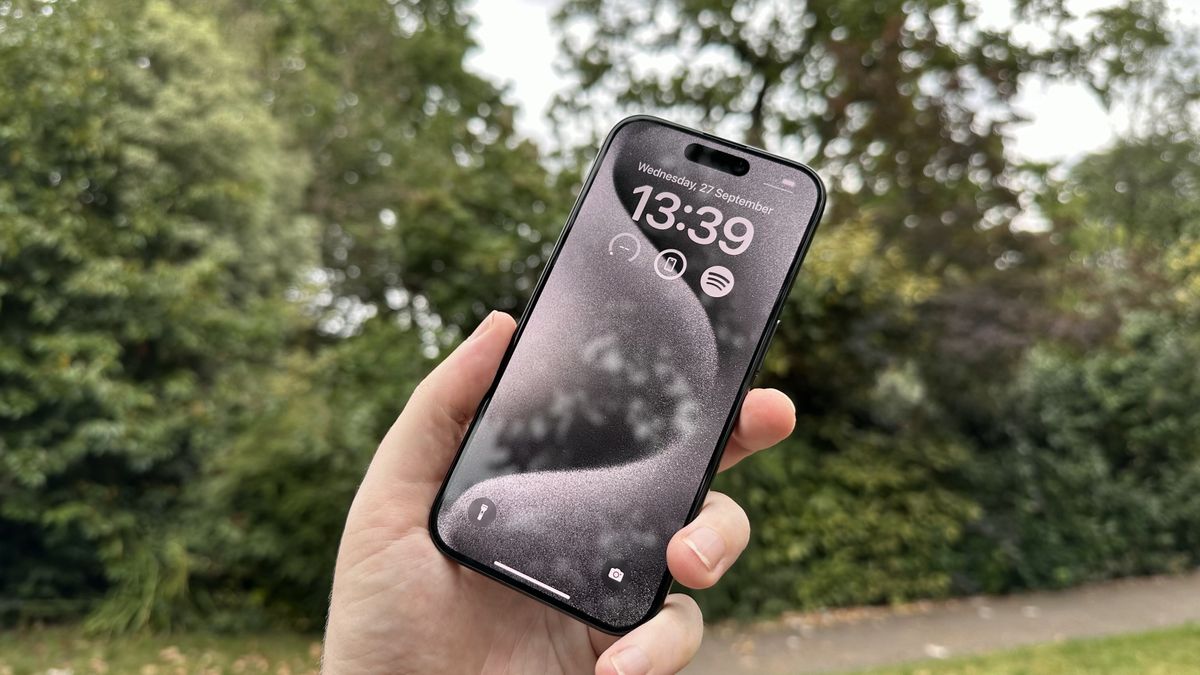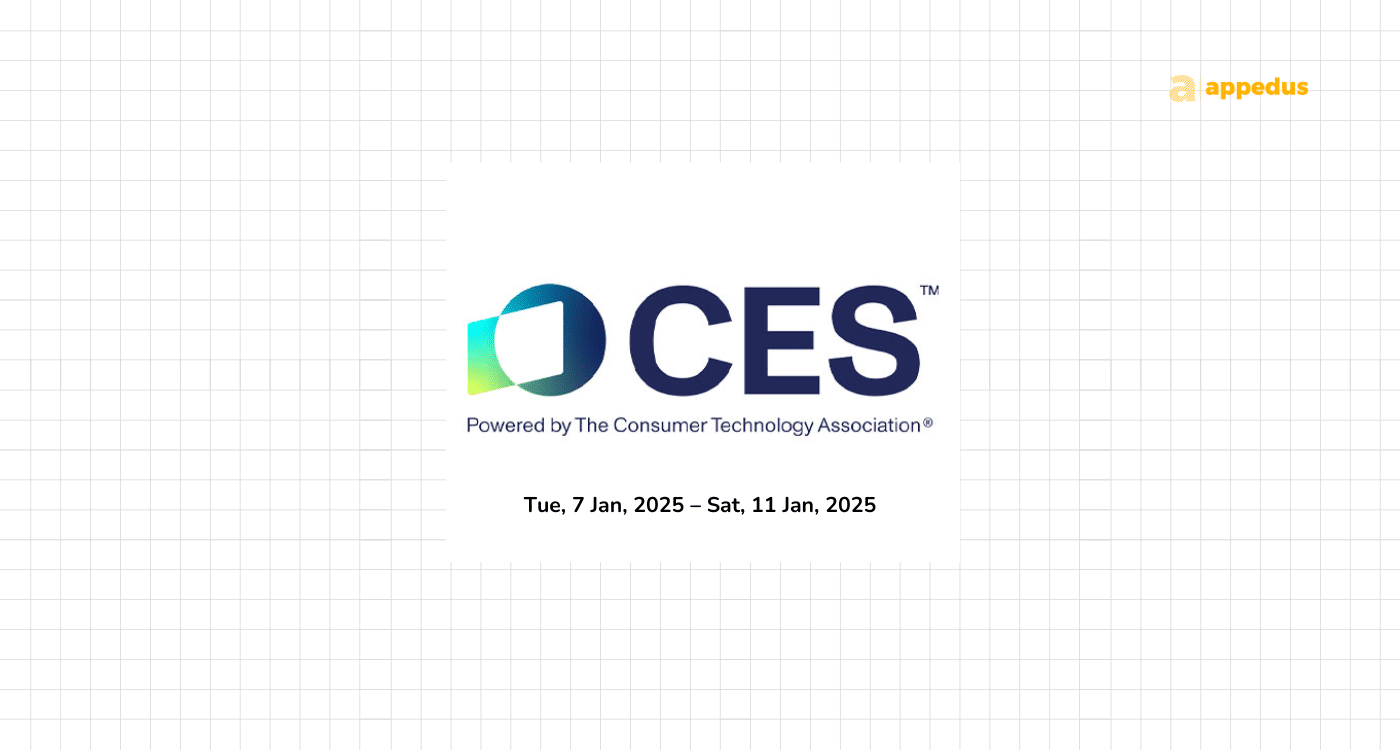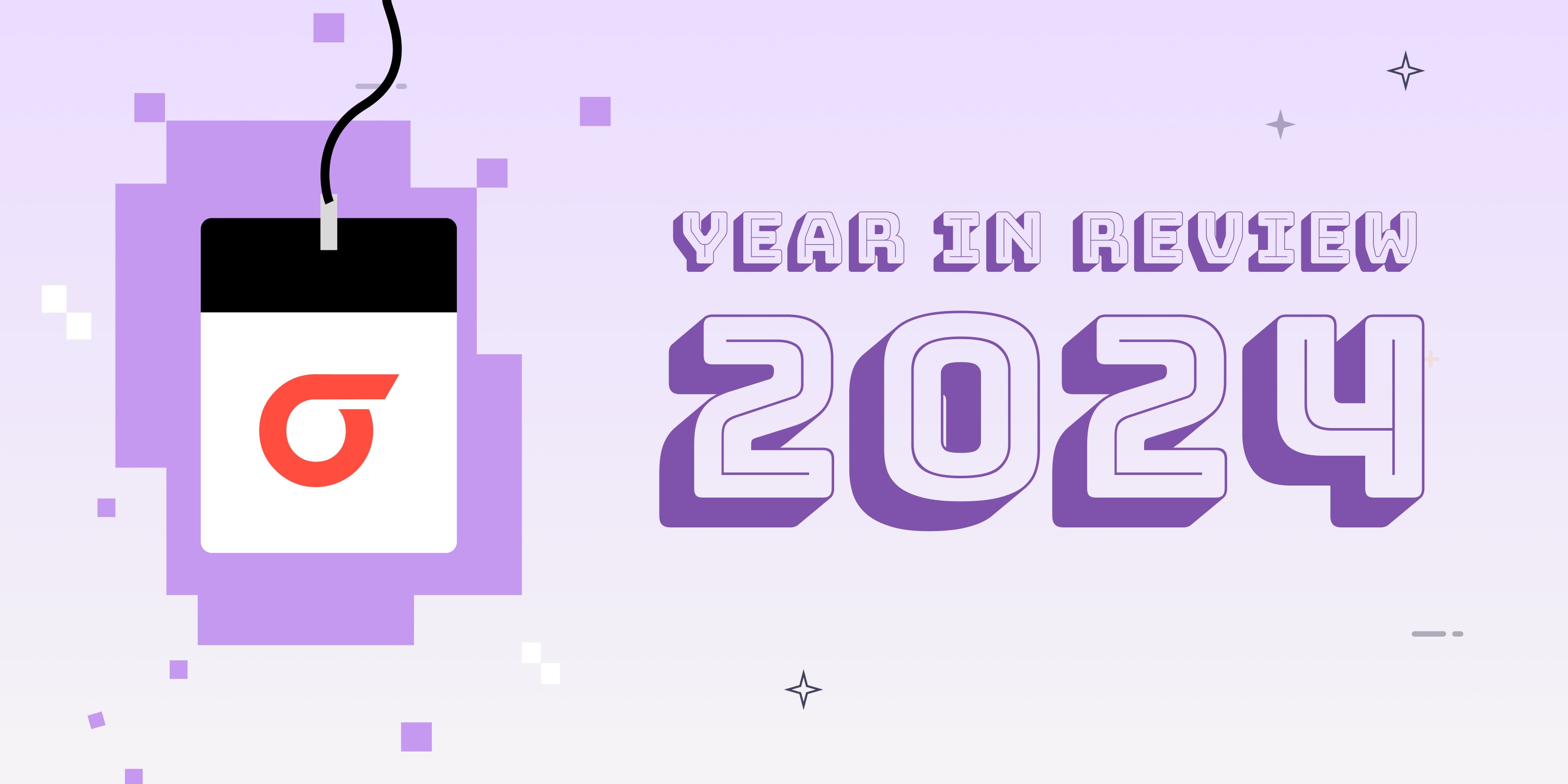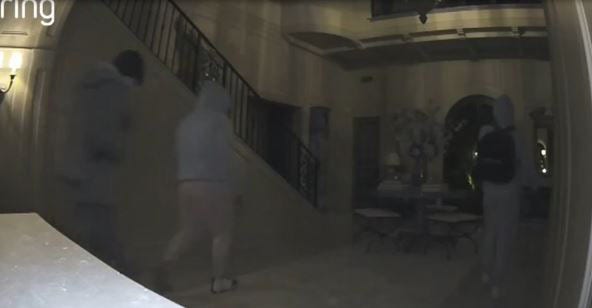As we all wait for Apple to officially unveil the iPhone 16 and iPhone 16 Pro at an expected September event, there is a lot to look forward to. New, faster chips, camera upgrades, and of course the Apple Intelligence features that will ship when iOS 18.1 arrives before the end of the year. But it isn’t all good news.
For all of the improvements that we expect this year, one area where the iPhone consistently lags behind the competition is charging speed. Sure, the best iPhones have USB-C ports these days, but they still top out at around 30W when charging. That’s pitiful when compared to the kinds of speeds that Android phone owners can expect. And one phone manufacturer has just upped the ante considerably.
Realme might not be a company that many iPhone owners are too familiar with, but it’s been responsible for some cool Android handsets in recent years. It’s also a company that knows a thing or two about charging and it has announced what it calls SuperSonic Charge — technology that can charge a phone so quickly that it’ll go from empty to 100% in less than five minutes.
And boy am I jealous.
Four minutes, 30 seconds
The 320W charging offered by Realme is faster than fast, charging a 4.420mAh battery in just four minutes and 30 seconds. For comparison, Apple says that owners of modern iPhones can expect to get 50% of their battery life back in around 30 minutes. Those figures are fine, but they soon look pedestrian when compared to Realme’s new technology.
Realme is no stranger to fast chargers, of course. Last year saw the launch of the GT Neo 5, a phone that ushered in 240W charging that went from zero to 100% in less than 10 minutes. I’d take that in an iPhone, to be honest. I don’t need 320W, Apple. I’m not greedy.
320W SuperSonic Charge is officially unveiled today! Click the video to learn more about the technology behind it and see how long it takes to charge a phone fully!#realme828Fanfest #320WFastestCharge pic.twitter.com/osefpxcRlTAugust 14, 2024
These incredible speeds aren’t without their problems, though. Apple will point to a likely degradation in battery health thanks to the heat that will no doubt be generated by such a high-speed charger. And given the fact that Apple has a history of poor battery longevity, it’s perhaps easy to see why the company hasn’t rushed to push any boundaries here. But as we edge ever closer to 2025 it’s fair to say that the rate at which iPhones charge is a little on the slow side. Too slow, I’d argue.
Ultimately, Apple will also note that most people charge their iPhones overnight and that incredibly fast charging isn’t needed. But as big as the batteries inside Apple’s biggest phones are, they can still struggle to see out a day when used heavily — especially when gaming. The prospect of being able to top an iPhone 16 Pro Max off in the time it takes to find a wallet (assuming you don’t have an AirTag) before rushing out the door is appealing, to say the least.
Even if it might mean it getting even warmer than an iPhone 15 Pro downloading something from the App Store.
Oh, and I’d like a fix for that little problem, too.


















![Doors:the movie [trailer] coming soon #doors #fypシ゚ #viralvideo #gacha Doors:the movie [trailer] coming soon #doors #fypシ゚ #viralvideo #gacha](https://i.ytimg.com/vi/bLTZEvyYpfM/maxresdefault.jpg)


Discussion about this post